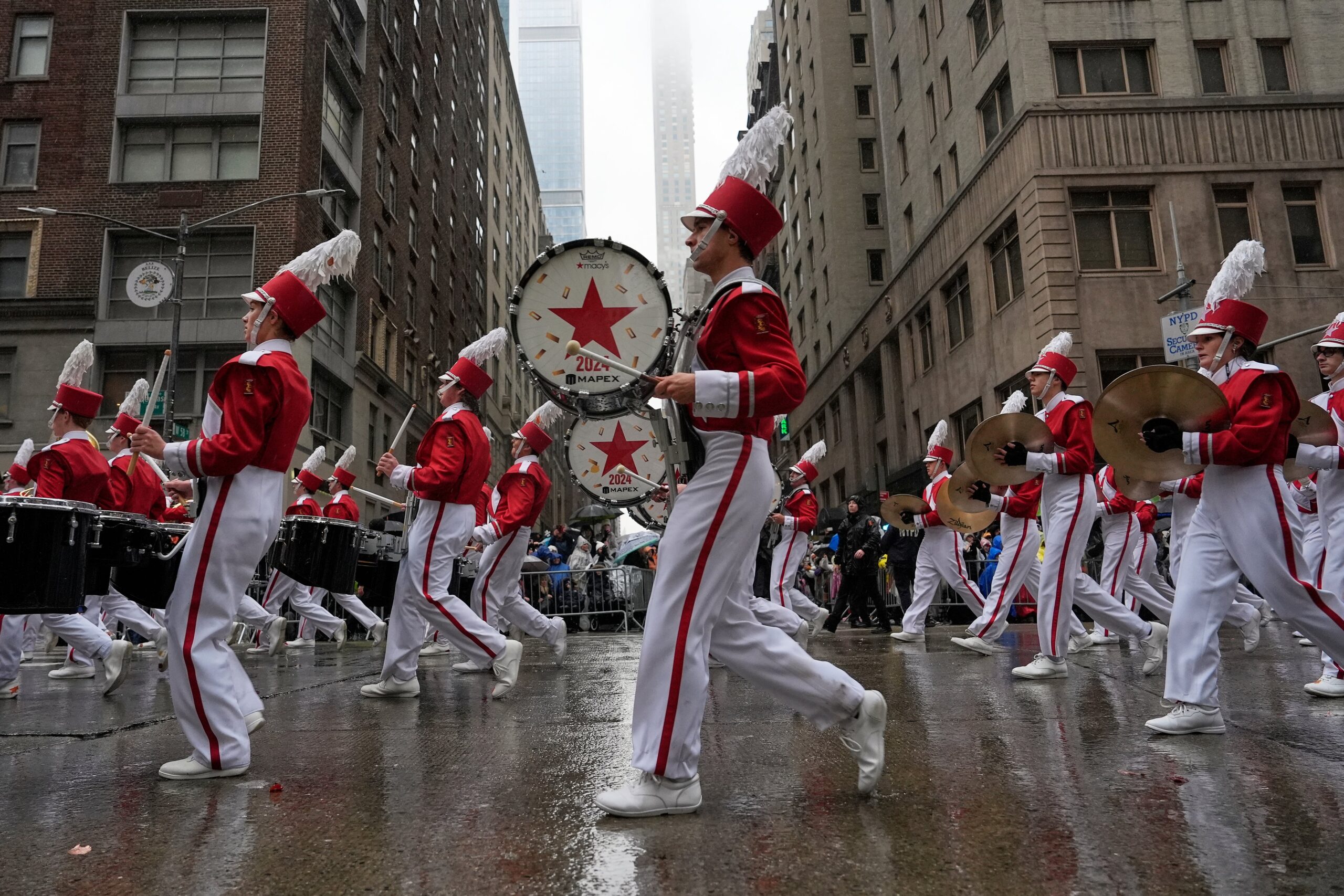Joe Biden has given the green light for Ukraine to use US-made long-range missiles to target inside Russia, US officials say.
In a major policy shift just weeks before his tenure in office ends, the US president signed off on Ukraine’s use of ATACMS missiles outside its own borders. This comes after months of refusing Kyiv’s requests, which it said was crucial for its defences against Russia’s invasion. The missiles are first likely to be used inside the Kursk region near Russia’s border, where troops have been massing to try and reclaim territory Kyiv’s forces took in a daring assault in the summer.
It also opens the door for the UK to authorise the use of Britain’s own long-range Storm Shadow missiles into Russia.
Storm Shadow is an Anglo-French cruise missile with a maximum range of around 155 miles (250km). The French call it Scalp. After launch, the weapon, equipped with its navigation system, descends to a low altitude to avoid detection before locking on to its target using an infra-red seeker. On the final approach, the missile climbs to a higher altitude to maximise the chances of hitting the target.
On impact, it penetrates the target before a delayed fuse detonates the main warhead. Powered by a turbo-jet engine, the 1,300kg Storm Shadow travels at speeds of more than 600mph, is just over five metres long and has a wingspan of three metres.
The UK first confirmed it would supply Ukraine with Storm Shadow missiles in May last year. Then defence secretary Ben Wallace had touted that the weapons would give Ukraine the “best chance” of defending itself. Ukraine has deployed Storm Shadow missiles on several occasions during the war. In June last year, the then-defence secretary Ben Wallace told parliament that the missiles were already having a “significant impact on the battlefield”.
Storm Shadow missiles have also been used by British and French air forces in the Gulf, Iraq and Libya.
Condemning president Mr Biden’s decision, Kremlin spokesperson Dmitry Peskov reiterated earlier warnings from Russian president Vladimir Putin saying that any strikes on Russian soil using US weapons would be interpreted as direct Nato involvement.
According to Russia’s Tass news agency, he said: “If such a decision has indeed been formulated and communicated to the Kyiv regime, then, of course, this is a qualitatively new round of escalation of tensions and a qualitatively new situation in terms of the involvement of the United States in this conflict.”
Until now, long-range missiles have been limited to Russian targets operating inside Ukraine, as well as in occupied Crimea. The missiles were likely used in the largest Ukrainian attack on the headquarters of Russia’s Black Sea fleet in Sevastopol in Crimea last year.
In his evening address on Sunday, Ukrainian president Volodymyr Zelensky said the missiles would “speak for themselves”. He said: “Today, many in the media are saying that we have received permission to take appropriate actions. But strikes are not made with words. Such things are not announced.”
The US, which has provided Ukraine with the longest-range version of the ATACMS, a ballistic missile capable of travelling 190 miles, has been cautious to fire long-range missiles into Russia for fear of a reaction from Moscow that would intensify the conflict. They are believed to be especially apprehensive that Russia may respond by deploying nuclear weapons.
Mr Biden changed his mind, US officials told The New York Times, after North Korea sent troops to support Mr Putin’s invasion of Ukraine. Speaking on Monday, North Korean leader Kim Jong-un did not reference Mr Biden’s decisions but denounced Western involvement in Ukraine and warned of the potential for “World War III.”
Vladimir Dzhabarov, first deputy head of the Russian upper house’s international affairs committee, also said Washington’s decision could lead to world war.
There has been no response from No. 10 to Mr Biden’s decision, which has not been officially confirmed but has been extensively reported in the US. The UK government has been hesitant to grant Ukraine authorisation without a change in US policy, in part because the missiles require American navigation data.
Shadow defence secretary James Cartlidge said he hoped a decision from the government would be coming soon, given Mr Putin’s continued attacks on Ukrainian civilians and infrastructure.
He said: “We welcome this decisive move from the US. It must now surely lead to Starmer giving Ukraine full autonomy on use of UK Storm Shadow missiles.”
Washington’s ATACMS decision is framed as being restricted to defending Ukrainian forces inside the Kursk region of Russia. In a surprise invasion in August, Ukraine took control of several communities in the Kursk border region, which it is currently defending against Russian counterattacks.
By effectively offering Ukraine support in retaining the small portion of Russian land it now controls, the Biden administration is giving Ukraine a significant negotiating tool in any future talks.
The shift in the final months of the Biden administration comes as Kyiv and Western allies prepare for a possible shift in US position under Donald Trump, who has said that he could terminate the war “in a day”.
The US has been the largest supplier of armaments to Ukraine. According to the Kiel Institute for the World Economy, a German research agency, it delivered or committed to deploy $55.5 billion (£41.5 billion) in weaponry and equipment between the start of the war and the end of June 2024. Germany is Ukraine’s second-largest military aid contributor behind the United States.
The decision will also put pressure on Germany to relent from its resistance to providing Ukraine with its long-range Taurus missiles, which Mr Zelensky has requested on numerous occasions. Chancellor Olaf Scholz has opposed such a move amid fears it could provoke a response from Russia.
A spokesman for the German government said on Monday that Germany is continuing to hold to its decision to not send long-range missiles to Ukraine. The spokeswoman said, “The chancellor’s decision is unchanged,” during a routine news conference in Berlin.
France, which has given Ukraine its version of the Storm Shadow, indicated on Monday that it was open to letting Kyiv hit military targets within Russia.
“We openly said this was an option that we would consider if it was to allow to strike a target from where Russia is currently aggressing Ukrainian territory. So nothing new on the other side,” foreign minister Jean-Noel Barrot told journalists ahead of an EU ministers’ meeting in Brussels.
Kyiv has long lobbied for permission to hit deep inside Russian soil via western long-range missiles, given their ability to travel 150 miles and beyond. By contrast, the US-supplied Himars missiles currently used by Ukraine only have a range of around 50 miles. ATACMS have a range of around 190 miles.
Source: independent.co.uk



